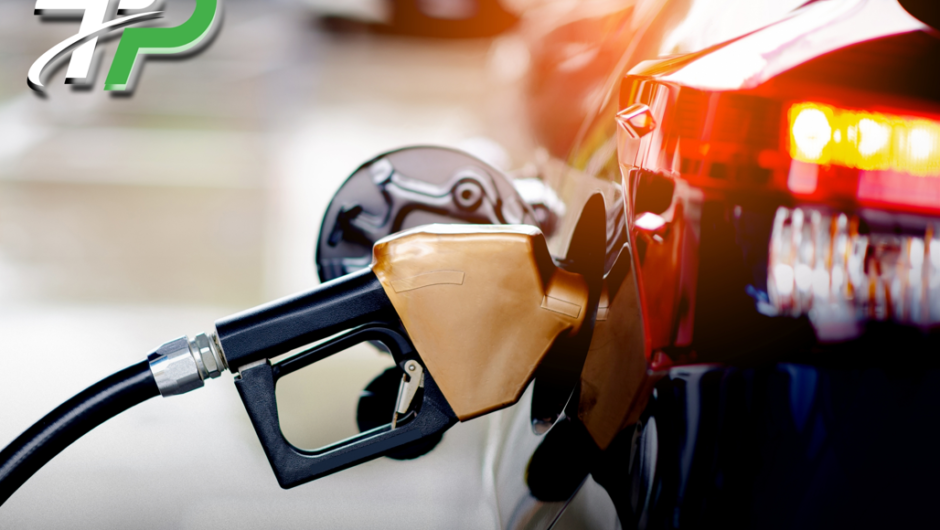Karachi, Pakistan’s bustling port city and economic heartbeat, is notorious for its chaotic traffic and alarming road accident rates. Home to over 20 million people, the metropolis faces daily gridlocks, with heavy vehicles—trucks, buses, and tankers—playing a significant role in both sustaining commerce and contributing to road hazards. In 2022 alone, over 1,500 road fatalities were reported in Sindh province, many linked to speeding trucks and impaired drivers. To address this crisis, Karachi’s authorities have introduced groundbreaking measures: a 30 km/hr speed limit for heavy vehicles and mandatory drug testing for drivers. These reforms aim to save lives, but their success hinges on enforcement and public cooperation.
The 30 km/hr Speed Cap: A Lifesaving Move?
The new speed restriction targets vehicles over 3.5 tons, slashing their legal speed from previous limits (often 50–60 km/hr in urban zones) to a crawl-like 30 km/hr. While critics argue this could worsen traffic congestion, proponents emphasize safety. Heavy vehicles, due to their mass and braking distance, are disproportionately deadly in collisions. At 30 km/hr, the stopping distance reduces dramatically, giving drivers more time to react to pedestrians, motorcycles, and sudden obstacles—common sights in Karachi’s unruly traffic.
Cities like London and Bogotá have implemented similar low-speed zones, reporting drops in fatalities by up to 40%. For Karachi, where narrow roads and mixed-use streets amplify risks, the policy could prevent countless tragedies, especially in densely populated areas like Liaquatabad or Saddar. Additionally, slower speeds may reduce environmental pollution, as idling engines and frequent acceleration—both exacerbated by stop-and-go traffic—consume more fuel.
Drug Testing: Tackling Impairment Head-On
Parallel to the speed cap, Karachi now mandates random and pre-shift drug tests for heavy vehicle drivers. The move responds to rampant reports of drivers operating under the influence of opioids, cannabis, or stimulants—substances often used to combat fatigue during long hauls. A 2021 study by the Pakistan Transport Alliance revealed that nearly 30% of commercial drivers admitted to substance abuse while on duty.
Under the new rules, drivers testing positive face license suspension, fines, or criminal charges. Transport companies risk penalties for non-compliance, incentivizing stricter oversight. The policy mirrors practices in countries like the U.S. and Australia, where mandatory testing has slashed impairment-related crashes by 20–25%.
Benefits and Challenges Ahead
The dual measures promise transformative benefits:
- Reduced fatalities: Lower speeds and sober drivers could cut Karachi’s road deaths by half within years.
- Economic savings: Fewer accidents mean lower healthcare costs and less disruption to supply chains.
- Cultural shift: Prioritizing safety may inspire better driving habits across all vehicle categories.
However, challenges loom. Enforcing the 30 km/hr limit requires speed cameras, calibrated speed governors, and traffic police equipped with radar guns—resources Karachi’s underfunded transport authority lacks. Corruption, such as bribes to bypass checks, could also undermine efforts. Meanwhile, transport unions warn of economic fallout: delivery delays, higher operational costs, and potential job losses.
Public reaction is mixed. While parents and pedestrian advocates applaud the reforms, skeptics doubt the government’s political will to sustain crackdowns. “Without consistent enforcement, these laws will gather dust like previous ones,” says Ahmed Ali, a local taxi driver.
The Road Ahead
For these policies to succeed, Karachi must adopt a multi-pronged approach:
- Invest in technology: Speed cameras and AI-powered surveillance systems at accident hotspots.
- Public awareness campaigns: Educate drivers and firms on long-term benefits beyond short-term inconveniences.
- Stakeholder collaboration: Engage transport unions in dialogue to address economic concerns, perhaps subsidizing speed governors or adjusting delivery timelines.
Karachi’s bold reforms set a precedent for Pakistan—and cities globally—grappling with urbanization and road safety. While hurdles remain, the potential to save thousands of lives makes this a journey worth pursuing. As the city’s streets test these new rules, the world watches, hoping Karachi’s gamble on safety will steer it toward a calmer, more sustainable future.





